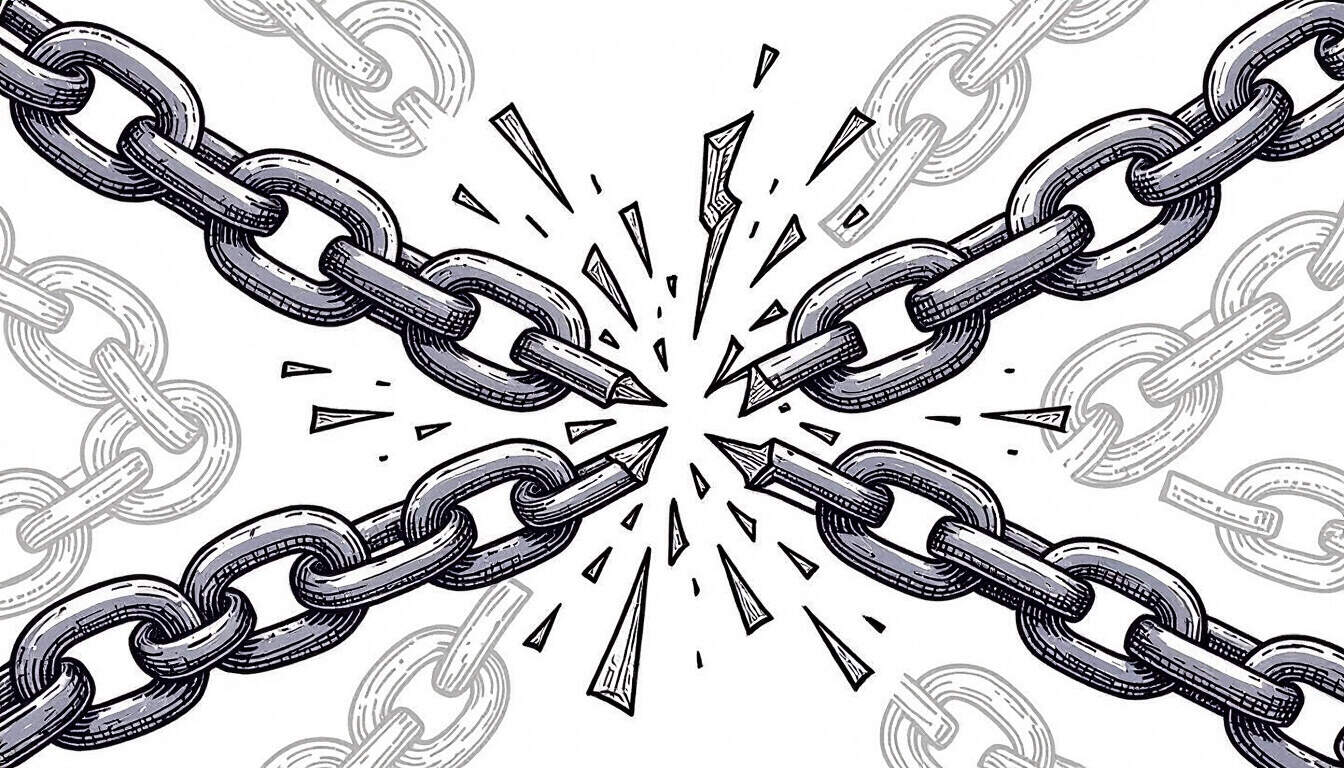Techniques for Breaking Habits with Second-Order Thinking and Feedback Loops
 by Shanie Goodwin
by Shanie Goodwin
Explore how second-order thinking and feedback loops can transform habit breaking. This article examines practical methods to interrupt negative patterns and foster lasting change through analytical approaches to cognitive processes and personal growth.

Breaking habits requires a deep look at patterns that shape daily life. One key approach is second-order thinking, which examines the effects that follow initial actions. For instance, skipping exercise might seem harmless at first, but it can lead to decreased energy over time.
In the context of habits, feedback loops play a crucial role. These are cycles where behaviors reinforce themselves, either positively or negatively. A negative feedback loop in habit breaking might involve stress leading to overeating, which then increases stress further. Recognizing such loops allows individuals to intervene effectively.
Consider a professional facing procrastination. Second-order thinking helps by anticipating how delaying tasks affects long-term career progress. By breaking the immediate gratification of postponing work, one can disrupt the feedback loop that sustains it.
To apply these concepts, start with self-observation. Track habits over a week to identify triggers and outcomes. For example, second-order thinking reveals that avoiding social events might reduce anxiety short-term but harm relationships later.
Feedback loops can be positive too. Building a new routine, like daily reading, creates a cycle where improved knowledge boosts motivation, encouraging more reading. In personal development, understanding these dynamics aids students in maintaining study habits that lead to better grades.
Steps to Interrupt Negative Loops
Here are practical steps for habit breaking:
- Identify the loop: Pinpoint the behavior and its consequences. For someone with poor sleep, staying up late might stem from screen time, leading to fatigue the next day.
- Introduce a break: Replace the habit with a neutral action. If snacking occurs during boredom, try a short walk instead.
- Monitor progress: Keep a journal to note changes. This helps in seeing how feedback loops shift with new behaviors.
- Seek support: Discuss goals with peers or mentors. Professionals often find that accountability partners reinforce positive changes.
In cognitive processes, second-order thinking encourages questioning assumptions. A student might realize that cramming for exams creates a feedback loop of high stress and poor retention, prompting a shift to spaced learning.
Real-world examples illustrate this. An individual trying to quit smoking could use second-order thinking to consider health impacts beyond the immediate craving, such as reduced risk of disease years ahead. This foresight weakens the feedback loop tying smoking to relief.
Systems thinking integrates these ideas by viewing habits as part of larger systems. In a work environment, inefficient meetings might feed into a loop of wasted time and frustration. By analyzing and adjusting, teams can improve productivity.
For curious individuals, exploring these concepts fosters growth. Personal development thrives when one applies analytical tools to everyday challenges. Breaking a habit like excessive phone use involves recognizing how it fragments attention and then implementing limits to restore focus.
Challenges and Strategies
Challenges arise when old patterns resurface. Persistence is key, as initial efforts might not yield instant results. Strategies include setting small, achievable goals. For instance, reducing coffee intake gradually prevents withdrawal discomfort and builds a positive feedback loop of better sleep.
In educational settings, students can use these techniques to overcome study avoidance. By thinking ahead to the benefits of consistent effort, they create loops that enhance learning and confidence.
Professionals benefit similarly in career advancement. Analyzing decision-making through second-order thinking helps in avoiding pitfalls like overwork, which might boost short-term output but lead to burnout.
Ultimately, integrating second-order thinking and feedback loops into habit breaking leads to sustainable change. This approach not only addresses immediate behaviors but also builds resilience for future challenges.
Through consistent practice, anyone can refine their cognitive processes and achieve personal development goals.
